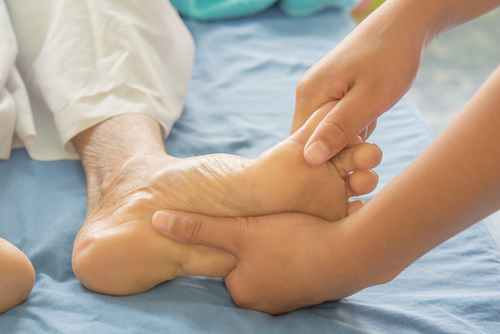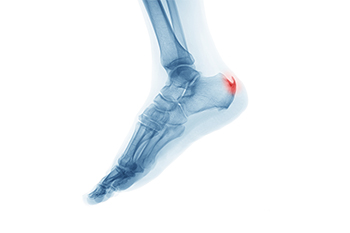
Foot massages are an effective form of foot therapy. The benefits of this form of therapy can include relieving sore muscles, and it can help to aid in relaxation. Additionally, research has shown that getting frequent foot massages may help patients to sleep better, and it may be easier to manage emotions. There are several methods of performing a good foot massage. These can include gently bending the toes which may help to increase flexibility, and squeezing the heel which is beneficial in relieving tension at the back of the foot. Additionally, when pressure is applied to the inside of the foot, this may help to provide an overall positive feeling in the body. Many patients enjoy having their Achilles tendon massaged, which can aid in reducing any tightness in that area. If you would like additional information about how foot massages can help you, please confer with a podiatrist who can answer any questions you may have.
Foot therapy is often necessary for those recovering from either foot deformities or foot injuries. If you have concerns regarding therapy, consult with one of our podiatrists from InStride Family Foot Care. Our doctors can provide the care you need to keep you pain-free and on your feet.
Most Common Injuries
People who are active or athletes are prone to a variety of injuries. Therefore, it is often important to take part in physical therapy in order to quickly get back on the right track.
What to Do When Injured
Physical Therapy – This specialized treatment will focus on the affected area, speeding up recovery and the overall healing process. It is a proven method that has helped millions of people return from any injury.
During physical therapy you will undergo regimented training to get back into full form. Training is often very difficult, especially at first when the foot feels weak. Physical therapy often involves:
Basic stretching and twisting exercises – getting the feet’s mobility and flexibility up.
Massaging – the therapist will massage the injured area in order to activate the muscles and relax them.
Strengthening Exercises – this allows the muscles in the affected area to regain their full strength, a vital step towards full recovery.
If you have any questions please feel free to contact our offices located in Concord, Charlotte, and Salisbury, NC . We offer the newest diagnostic tools and technology to treat your foot and ankle needs.









